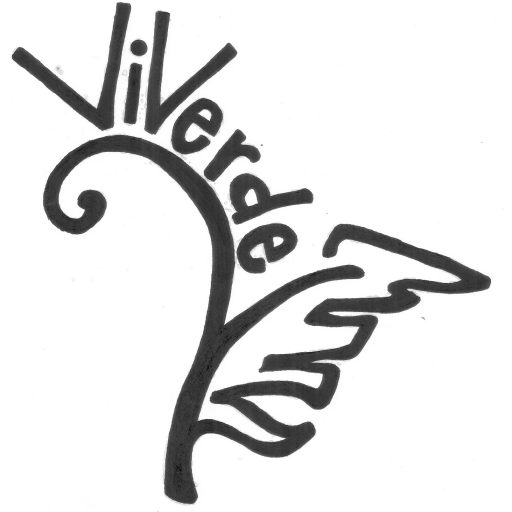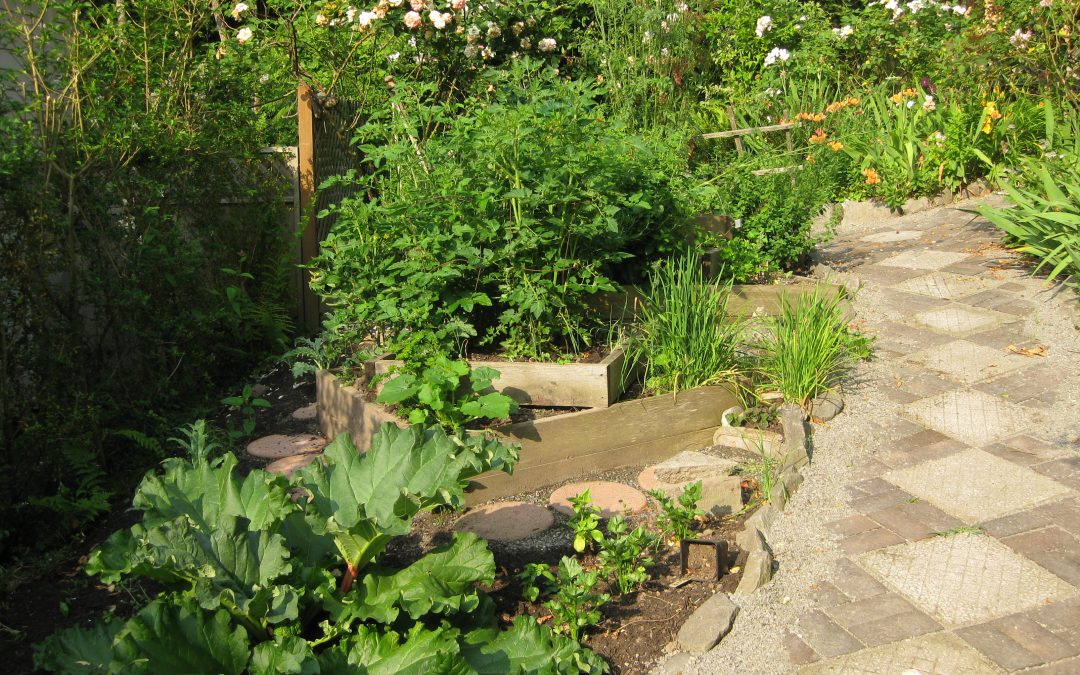Here it is folks, the ViVerde checklist for when you are ready to turn your urban yard into a permaculture or sustainable garden paradise. It won’t be easy to follow these steps patiently when you are so excited to get planting, but good planning is everything in permaculture design. As ViVerde’s engineer in residence, Gerard, knows, “measure twice, cut once.”
- Know your climate. Look to local knowledge for what grows well. If a certain plant isn’t growing in your neighborhood it may be because it won’t do well. Research how much many inches of rainfall you receive and in what months it falls. Look at trends in temperature highs and lows over the last ten years. Let this information inspire your design.
- Know your site. Send in a soil sample to a local testing agency and discover your soil’s pH and what minerals you may need to supplement. A nutrient deficiency will transfer to the plants you are trying to grow which means less nutritious food! Where do your real boundaries lie?
- Conduct a Sector Analysis: what are the ins and the outs of your property? Think sun, wind, neighbors, trees casting shade that are out of your control, water runoff in heavy rains, etc. What are the sun patterns on your property? Where is North? If you are growing in the Northern Hemisphere, optimize those sunny south-facing spots!
- Check with local authorities about the urban farm policies in your municipality. Are you allowed to keep bees? Chickens? What about grey water management? Find out the laws before you start dreaming and planning.
- Draw a Concept Plan. Determine your priorities and the big moving parts. It’s important to think about the location of things in relation to each other, and how you plan to use the space. For example, if you plant herbs and greens close to the kitchen door, you’re more likely to use them when cooking. Make the route from kitchen to compost pile easily accessible. Placing a chicken house close to your vegetable garden and orchard makes for great synergies between the two!
- Consider what your water management plan will be, i.e. roof catchment, ponds, sprinklers, or drip. Placing plants with similar water needs together is a great way to be water efficient. A landscape designer can come in handy at this stage. To get free support from our ViVerde landscape designer, email info@viverde-nica.com.
- Start small and expand. It’s okay to tackle the garden in phases. Small successes are the most motivating.
- Select fruit trees wisely: Find a local nursery that is sourcing cultivars adapted to your local climate, usually these are heirloom (heritage) varieties. These are the best adapted and most disease resistant options for your local climate, and most often the tastiest. Sourcing bare root trees from a mail order nursery will grow a healthier tree than the potted ones you find at the garden center because roots were not pruned to fit a plastic pot.
- Begin to stockpile resources. Food scraps, grass clippings, fallen leaves for compost. Newspaper and woodchips for mulch. Be a hoarder of biomass and feed your soil! This is the secret to success.
Brett Rousseau is ViVerde’s permaculture designer and is currently designing landscapes in Dunedin, New Zealand. Reach out with your garden questions to info@viverde-nica.com.

